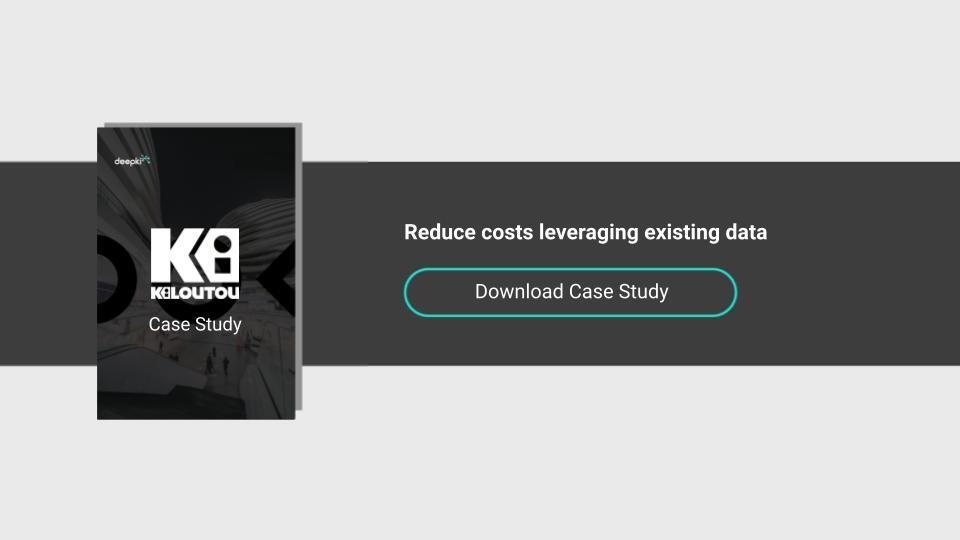When it comes to shaping a successful service management policy, determining which data to use can be difficult. This article explores the four types of data you should be focusing on first, and the challenges of each.
Asset data
By definition, asset data is information relating to your assets, i.e., the property portfolio being managed. This includes, but is not limited to:
- Surface areas for buildings and lots
- Monthly rental statements, including rentable and leased zones, description of lots, etc.
- Technical features of assets: year of construction, type of HVAC production, etc.
- Information on service providers: names, duration and nature of contracts, etc.
- Building identification data: identifier, name, address, etc.
Information like surface area allows you to calculate consumption per square meter (kWh/m²) and compare buildings within a property portfolio, identifying the stronger and weaker performers. Facts about a building’s technical components can shed light on any anomalies detected, and allow you to prioritize different renovations.
Consumption data
Consumption data encompasses all information regarding a building’s energy consumption: electricity, natural gas, district heating and cooling, internal heat and cooling, water and waste. Sources for these figures include invoices, contracts or remote meter readings.
A few examples of consumption data:
- Invoices for contracts relating to a building’s common areas and certain private areas
- Invoices or management statements from service providers for contracts involving a building’s private rented areas
- Invoices or reports from waste disposal service providers, etc.
Invoice verification is a good way to uncover billing errors; an estimated one out of every 60 electricity bills and one out of every 30 gas bills contains a mistake. Cross-referencing consumption data with asset information can bring any anomalies to light.
Activity data
Activity data is all information relating to on-site activity, which can include the following:
- Opening times of commercial buildings or buildings open to the public
- Monthly rental statements, including the names of lessees and associated lots, lease dates, physical and financial occupancy rates, etc.
- Information about service contracts (nature, contacts, duration and terms), in particular concerning facility management, lift maintenance and energy contracts
- Other indicators of building use, for example: number of meals served in cafeterias or number of workstations reported.
This type of data is useful in all sorts of ways. For example, information about opening hours in commercial buildings can help identify waste stemming from poor store management: lights left on at night, equipment turned on too early, air conditioning left on after closing, etc.
Read also: Feedback on an algorithm that combats energy waste in the Retail sector
Other useful data
A service management policy will probably take other data into account as well, such as:
- Weather data, including degree days
- Evolution of emission factors
- Energy and water conversion factors
- Urban data, etc.
Information like weather data is helpful in explaining certain variations in consumption; for instance, it’s normal to use more heating energy in winter than in spring. In the same way, changes in regulated tariffs must be considered when checking invoices, to verify every cost element.
Data contextualization: what are the issues?
Consumption data alone is not enough to identify problems in your portfolio. To determine whether a building’s consumption is “normal” or can be optimized, consumption must be juxtaposed with site information like surface area, opening times, number of employees, etc. For example, a company’s head office tends to have much higher consumption per square meter than an ordinary branch, due to a larger number of employees on-site.
By putting data into context, you can compare sites across a portfolio and find anomalies as well as their causes.
Once data has been collected and contextualized, it can serve as the basis for a successful data management approach:
- providing a clear view of your property portfolio
- identifying sites that require additional sub-metering systems
- detecting excess consumption
- spotting stronger and weaker performers in your property portfolio
- revealing the best actions to regulate equipment, etc.



